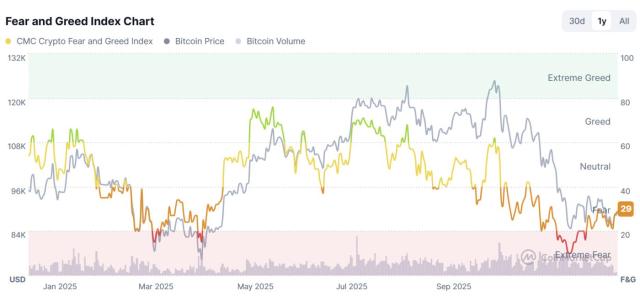What is PulseChain? Pulse Chain is a Layer 1 Blockchain solution that aims to revolutionize the Ethereum ecosystem. The project is built on the Ethereum platform but incorporates a number of key improvements that make for faster speeds, cheaper transaction fees, and more energy efficient while retaining all the security offered by the network. Ethereum.
Join Hak Research to learn about this Layer 1 Blockchain through the following article.
For more useful information, please visit Hak Research's website:
PulseChain Project Overview
What is PulseChain?
PulseChain is a Layer 1 Blockchain project, Fork from Ethereum. PulseChain provides a full range of services to users on the Ethereum network such as smart contract interaction, information, and trading accounts.
PulseChain provides a trading bridge, helping users easily swap ETH assets on their Blockchain, as well as Token Swap on the Ethereum Blockchain.
ETH can be traded on the Pulse network and PLS can be traded on the Ethereum network. Bridging can also be implemented to other smart contract capable networks.
PulseChain's operating mechanism
With ETH assets from Ethereum: Users can send ETH to the PulseBridge contract on ETH, which locks this ETH asset and releases "ETH from Ethereum" on PulseChain at a 1:1 ratio.
PLS from PulseChain: Users can send PLS to the ETH bridge contract on PulseChain to lock up PLS and issue "PLS from PulseChain" on the Ethereum network at a 1:1 ratio. This mechanism can also operate for ERC20s network .
Any assets locked on the bridge connecting the Ethereum network to the PulseChain network will be referred to as "Ethereum Assets". For example, "ETH from Ethereum" gives ETH locked on Ethereum connected to the PulseChain network.
Highlights of PulseChain
PulseChain saves transaction costs and caters to more users. PulseChain is 17% faster than Ethereum with blocks being 10 seconds instead of 12.
PulseChain helps reduce Gas Price on the Ethereum network while Chia the burden with the Ethereum Blockchain.
PulseChain helps eliminate pollution by replacing miners from POW - proof of work by validator mechanism to POS - proof of stake mechanism.
PulseChain changes the game theory, reducing PLS issuance per block by 25% compared to Ethereum.
Development Roadmap
Update...
Core Team
Update...
Investors & Backers
Update...
Tokenomics
Information about PLS Token
Token Allocation
Update...
Token Use Case
PLS is the native cryptocurrency of the PulseChain network: used as fees for transactions, Stake activities, votes for administrative activities, and rewards for Nodes & Validators.
Exchanges
Users can buy and own PLS Token on leading centralized exchanges such as: Coin Tiger, SafeTrade, Azbit, ZT, Bitcountry Exchange and other decentralized exchanges.
PulseChain Information Channel
Summary
PulseChain is a Layer1 Blockchain, Fork directly from the Ethereum Blockchain with the ambition to solve existing problems on the leading Blockchain Ethereum such as: Transaction speed, transaction fees, reducing load for Ethereum.
PulseChain may be a potential and notable project among new projects with the ambition of optimizing the Ethereum Blockchain network, bringing new solutions and services to the community.
Let's look forward to PulseChain's product improvements, project activities, and contributions to the community.
The post What is PulseChain? PulseChain Cryptocurrency Overview appeared first on HakResearch .







